The 5 Principles of Reputation Management

Customer feedback is the most powerful driver of your business’s reputation, discovery, and growth — and AI is accelerating its impact.
The Power of Customer Feedback
The consumer journey is complex. Along the way, 47% of customers post reviews, and more than 90% consult them before making a purchase. Feedback from reviews, surveys, listings, and social media offers a clear view of customer needs and expectations and plays a key role in reputation management.
Reputation has long connected these signals. But today, AI is accelerating how those signals are analyzed, contextualized, and transformed into actionable intelligence.
- Feedback shapes how customers learn from each other – and how they learn about you.
A unified platform and systematic approach turns those signals into better experiences and stronger operations. - AI scales this process, adding context through sentiment analysis and delivering faster business insights.
The Role of AI in Reputation Management
AI now enhances every principle of feedback management. It connects signals faster, adds richer context through sentiment and intent, and delivers insights to more teams at speed.
At the same time, AI-driven platforms are reshaping discovery. From Google’s Generative Search to assistants like ChatGPT, customers can instantly access reviews, ratings, and narratives about your business — amplifying reputation management signals in real time.
AI reshapes reputation management in four key ways:
- It surfaces patterns in millions of reviews, surveys, and social comments.
- It speeds decision-making by getting insights to the right teams.
- It powers discovery in new AI-driven search tools like ChatGPT and Google Search.
- It unifies feedback into a clear view of the customer journey.
Enter the 5 Principles
Managing feedback is no longer about collecting data; it’s about applying it. Businesses need a clear framework to unify signals, connect teams, and act at the speed customers expect. The 5 Principles of Reputation Management provide that framework — a clear roadmap for turning customer feedback into business improvement.
1. Drive Engagement
Listen and respond to customers in real time to build trust across digital channels, including:
- First-party feedback such as surveys.
- Third-party feedback such as online reviews and social media comments.
- Emerging channels like Google AI Overviews and ChatGPT, where customer feedback and brand perception are surfaced instantly.
Active engagement means addressing concerns, recognizing positive and negative feedback, and shaping the signals that AI-driven search tools use to represent your brand and influence your reputation management outcomes.
The Reputation Edge
With Reputation, businesses can:
- Track and respond to feedback across review sites, social media, and other channels.
- Receive real-time notifications and automate workflows as new feedback appears.
- Gain visibility into how your brand appears in AI-driven search.
AI Reputation Manager shows how your brand appears in tools like Google AI Overviews and ChatGPT. It surfaces misinformation, negative sentiment, and listing issues to help teams maintain trust and consistency.
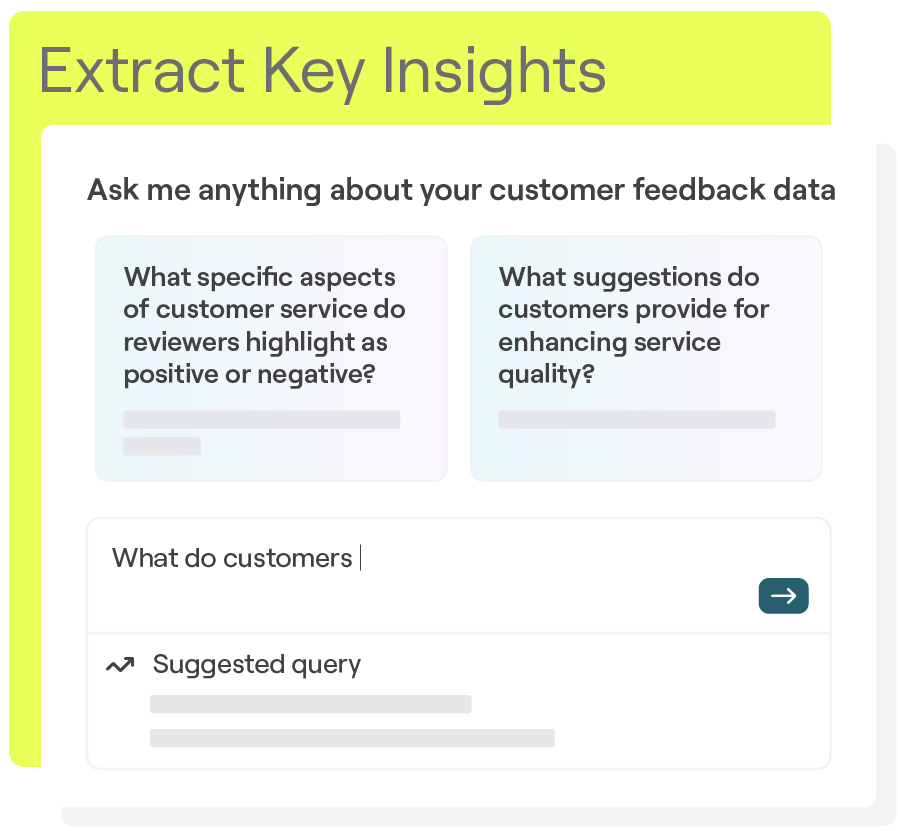

Reputation helped Intermountain Health triple organic leads, boost review volume by 510% in one year, and raise its star rating from 3.7 to 4.5 in the first month.
2. Analyze Perception
Understand end-to-end feedback, trends, and sentiment to see your business through the customer’s eyes.
Customers share input through countless micro-moments across channels and touchpoints. By understanding and connecting these seemingly disconnected (but highly relevant) touchpoints, businesses identify areas for improvement, and act on them quickly.
By analyzing perception through sentiment analysis and competitor benchmarking, businesses can prioritize initiatives and make data-driven decisions that improve the customer experience and strengthen reputation management efforts.
The Reputation Edge
Reputation’s AI-powered sentiment analysis and natural language processing reveal how customers truly feel, surfacing trends that can be used to shape marketing, customer experience, and product strategies.
- Reputation®IQ synthesizes millions of comments into themes, root causes, and patterns — enabling teams to self-serve insights in real time.
- Competitive Insights adds industry-specific benchmarking, showing where competitors excel, where they fail, and where expectations are shifting.
Together, these capabilities give businesses real-time intelligence across all feedback sources.
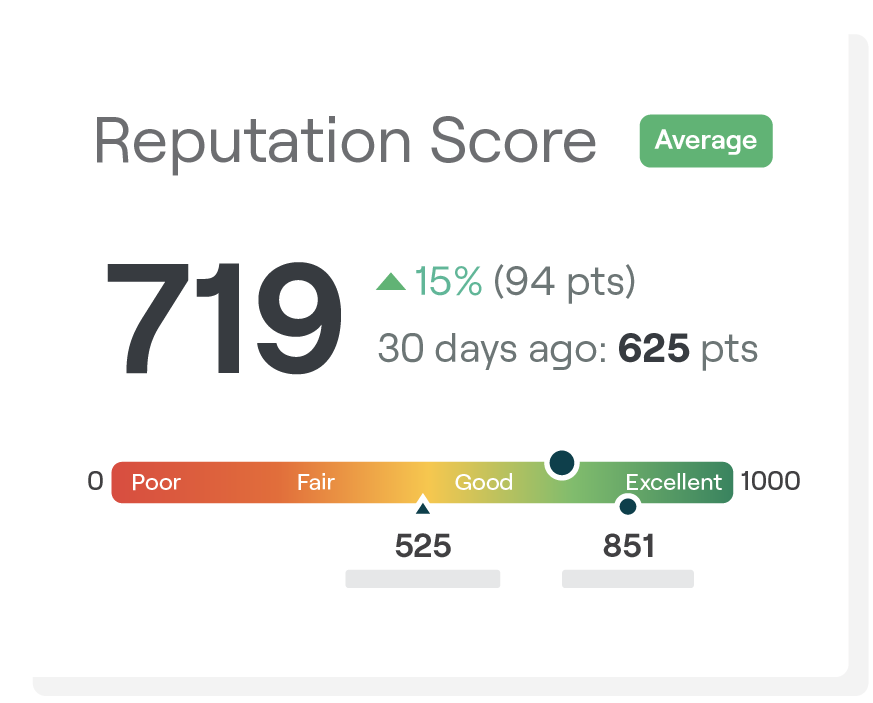
Reputation helped LaFontaine Automotive Group improve responsiveness by involving a GM in all 1–3 star reviews for prompt customer outreach. Insights also led the brand to shift its review requests from email to SMS, generating 100 additional Google and Facebook reviews each month.
3. Enhance Experiences
Act on customer insights to remove friction, improve journeys, and deliver better experiences.
To do this at scale, businesses need clear processes for collecting and analyzing feedback, assigning follow-up responsibilities, and integrating insights into everyday decisions. A customer-centric culture that uses all feedback to drive continuous improvement makes this possible.
Embedding feedback into operations builds loyalty and retention through improved customer experiences, and promotes long-term reputation management success.
The Reputation Edge
Reputation ensures feedback drives meaningful action. The platform:
- Routes negative reviews to the right resolution teams for faster follow-up.
- Uses feedback to create and scale workflow improvements across locations and teams.
- Uses Customer Journey Insights to map feedback – from discovery to post-visit.
- Captures Item-Level Feedback to pinpoint what to fix or expand.
Together, these capabilities fuel a culture of accountability, promote proactive improvements, and elevate the overall customer experience.
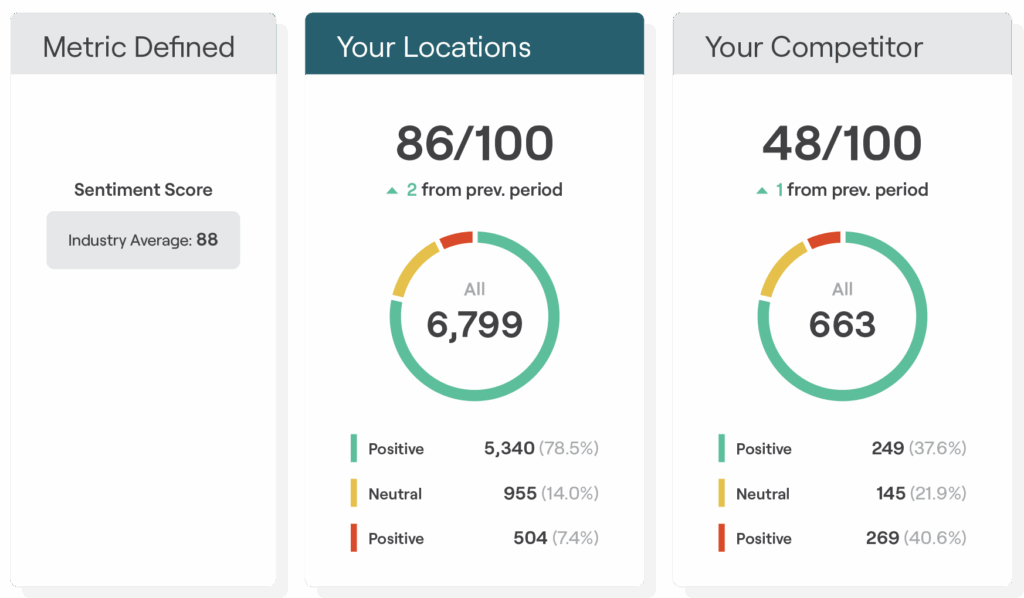
Kia Motors UK has achieved a 75% review response rate and 2,500+ increase in sales leads since implementing Reputation’s inbox and messaging solutions.
4. Measure Success
Monitor performance against clear benchmarks to refine strategy and strengthen reputation.
Measurement shows what works by setting goals and tracking key indicators like customer satisfaction, online reviews, social engagement, search visibility, and brand sentiment.
The real value of measurement comes from applying these insights. It’s less about collecting data and more about using it to optimize tactics, improve the customer experience, and prove the impact of reputation management efforts.
The Reputation Edge
Reputation delivers strategic reputation management metrics and customizable reporting that makes success measurable and actionable.
- Reputation Score — our AI-powered metric — combines sentiment analysis, review ratings, and customer engagement to highlight strengths, weaknesses, and opportunities for improvement.
- Benchmarking capabilities reveal how your brand stacks up against competitors, down to the location level.
With these insights, businesses can demonstrate progress, refine strategies, and sustain long-term improvement.
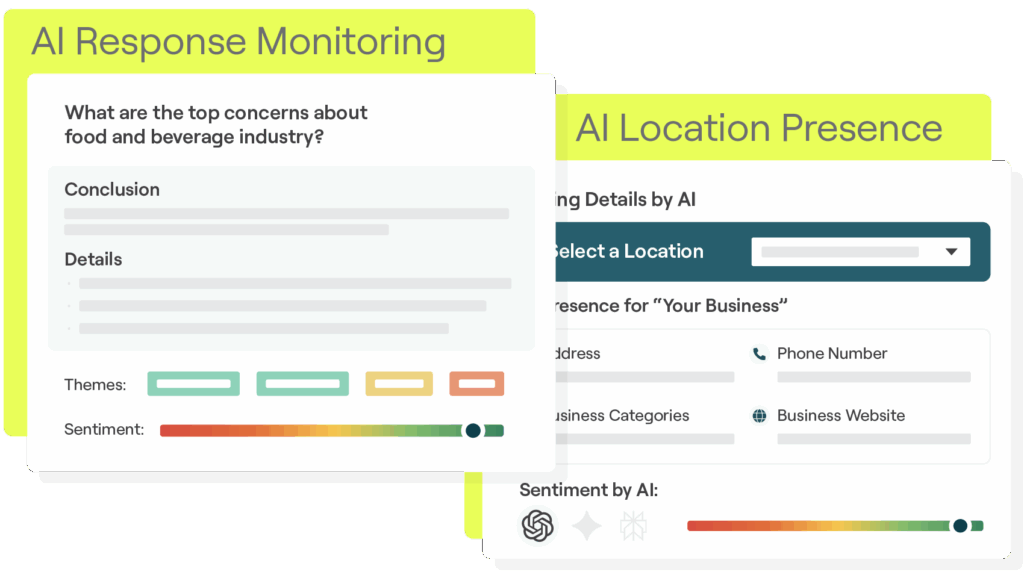
With the Reputation platform, AutoNation achieved 1 million 5-star reviews, realized a 148% ROI, and saw more than 120 locations improve their Reputation Score and engagement.
5. Expand Reach
Work cross-functionally to turn feedback into action across the entire organization.
Customer insights are most powerful when they inform every department — not just the team that collects them. Integrating feedback into systems like CRM and marketing automation creates a holistic view of customers and strengthens the overall experience.
By breaking down silos and giving all teams access to unified insights, businesses can deliver seamless, customer-centric experiences and build a stronger reputation.
The Reputation Edge
Reputation connects feedback with the systems your teams already use, offering hundreds of integrations with customer data platforms, CRM, and marketing automation.
- Integrates feedback with existing data for a complete customer view.
- Automates reporting to route insights to the right departments and leaders.
This ensures unified insights drive action across the organization, helping teams respond more effectively and streamline reputation management across the organization.
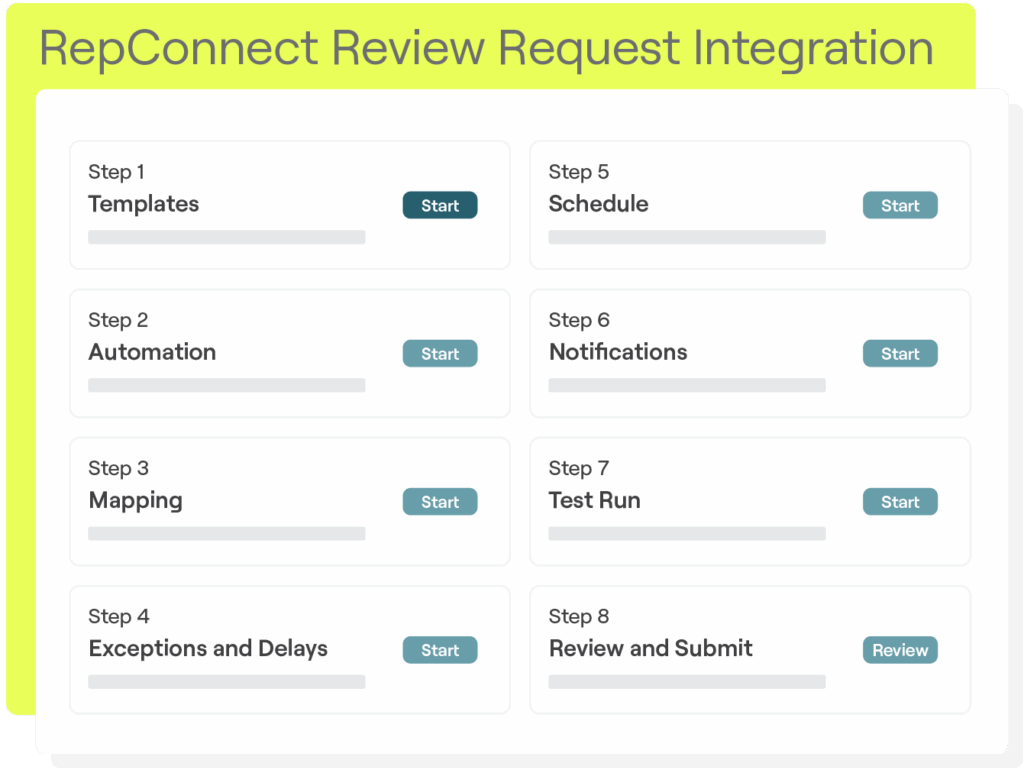

Wilmington Health used Reputation’s Reviews, Review Booster, and RepConnect integrations to elevate its online presence and patient journey touchpoints. Since partnering with Reputation, positive review volume has increased 1,400%, and 97% of its locations now hold 4 stars or higher (216 out of 222).
Succeed Across the Customer Journey
Reputation is built one interaction at a time. A single review, survey, or social comment can shape perception, and together they define how customers discover, evaluate, and stay loyal to your brand.
Following the five principles of reputation management turns this constant stream of feedback into a strategic advantage. With the right framework — and the right platform — every touchpoint becomes an opportunity to improve experiences, build trust, and grow stronger in the era of AI-driven discovery.
Have questions? Contact us, and we’ll guide you through applying our five key principles. Together, we’ll enhance customer satisfaction, drive growth, and establish your brand as a trusted industry leader.










